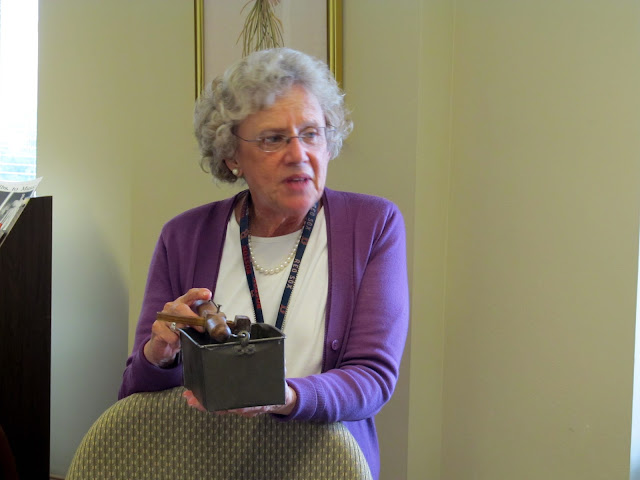On September 19, 2011 I traveled to Philadelphia to attend the STEM Smart: Lessons Learned From Successful Schools event hosted by NSF at Drexel University. It was about two hours on Amtrak train.
The event was surrounding the release of a report by National Research Council on Successful Schools. They didn't really tell anything new.
Essentials to Effective Instruction
1. coherent set of standards and curriculum
2. teachers with high capacity to teach the disciplines
3. supportive system of assessment and accountability
4. adequate instructional time
5. equal access to high quality learning opportunities
School Conditions that Support Learning
1. school leadership as a driver of change
2. professional capacity of faculty
3. parent - community ties
4. student centered
Recommendations
1. consider all models of STEM
2. devote adequate time
3. curriculum that is focused, rigorous, and sequenced
4. provide teachers with learning opportunities
5. teacher led professional development
Policy Makers
1. elevate science to same level as reading and math
2. develop science assessments
3. supports for STEM teachers
4. more educational research with continual funding
Dr. Suresh, Director of National Science Foundation gave an opening address. He started with good news about education in the U.S. We are leaders in science and technology around the world. Our universities are world leaders. We lead in research and scholarly publications. But then he related this short excerpt from Tom Friedman's new book, That Used to be Us. Grinnell College in Iowa has 10% of its applicant pool come from China. Half of those Chinese applicants have perfect SAT scores in mathematics.


















